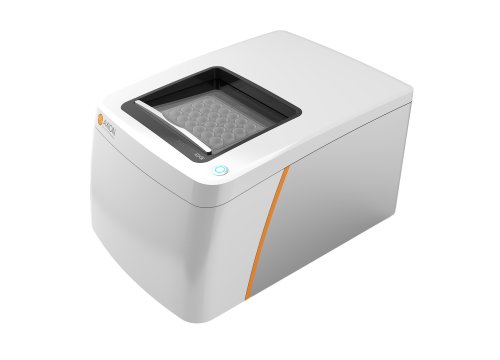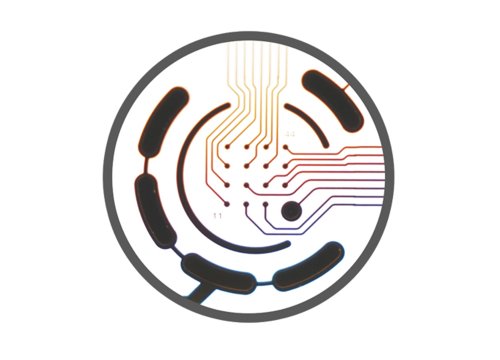Authors: Gemma Gomez-Giro, Daniela Frangenberg, Daniela Vega, Alise Zagare, Kyriaki Barmpa, Paul M. A. Antony, Graham Robertson, Rahman Sabahi-Kaviani, Kristian Haendler, Nathalie Kruse, Florentia Papastefanaki, Rebecca Matsas, Malte Spielman, Regina Luttge, and Jens C. Schwamborn
Advanced Science, 17 April 2025
Seeking new insights into the pathogenesis and progression of Parkinson’s disease, scientists use next-generation Maestro MEA to explore functional neural activity in midbrain-hindbrain assembloid models.
In this study, researchers developed a novel midbrain–hindbrain assembloid model to mimic the progression of α-synuclein pathology seen in Parkinson’s disease, in alignment with Braak’s hypothesis. By fusing hindbrain and midbrain organoids, the team observed the directional spread of α-synuclein aggregates from affected hindbrain tissue into healthy midbrain regions, accompanied by synaptic dysfunction. This pathology transfer model provides a powerful platform to study disease mechanisms and potential therapeutics for synucleinopathies. Functional neural activity was monitored using the Axion BioSystems’ industry-leading Maestro microelectrode array (MEA) platform, which enabled the detection of synaptic changes and disruptions in neuronal signaling associated with α-synuclein propagation.


